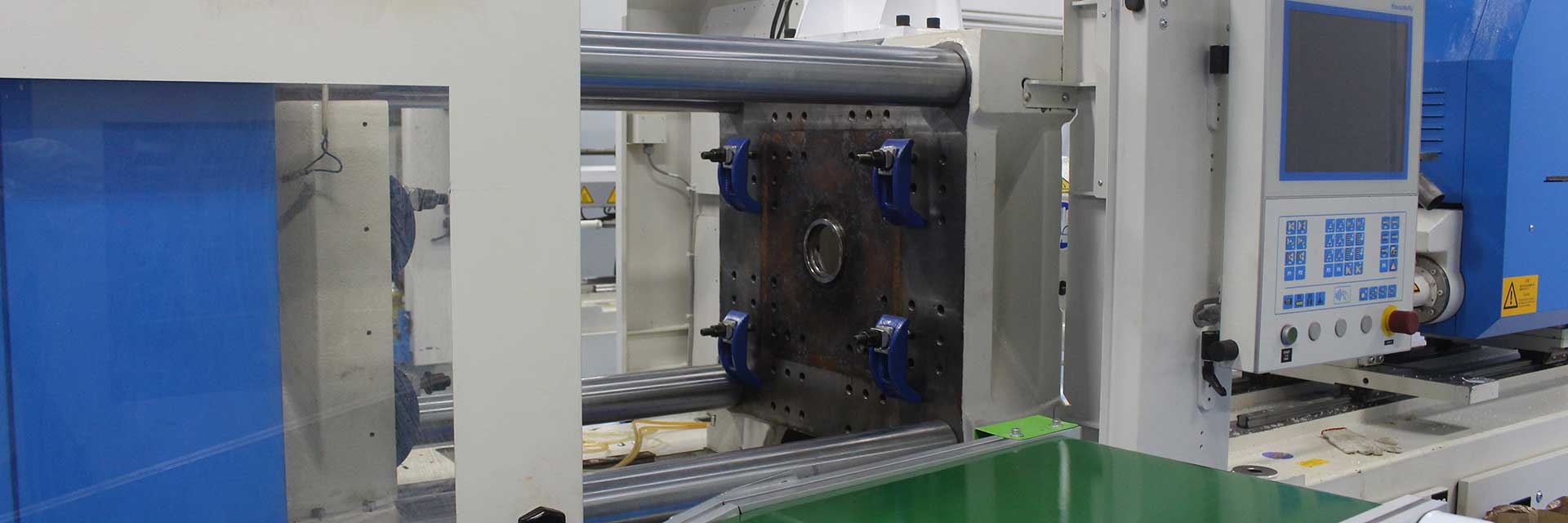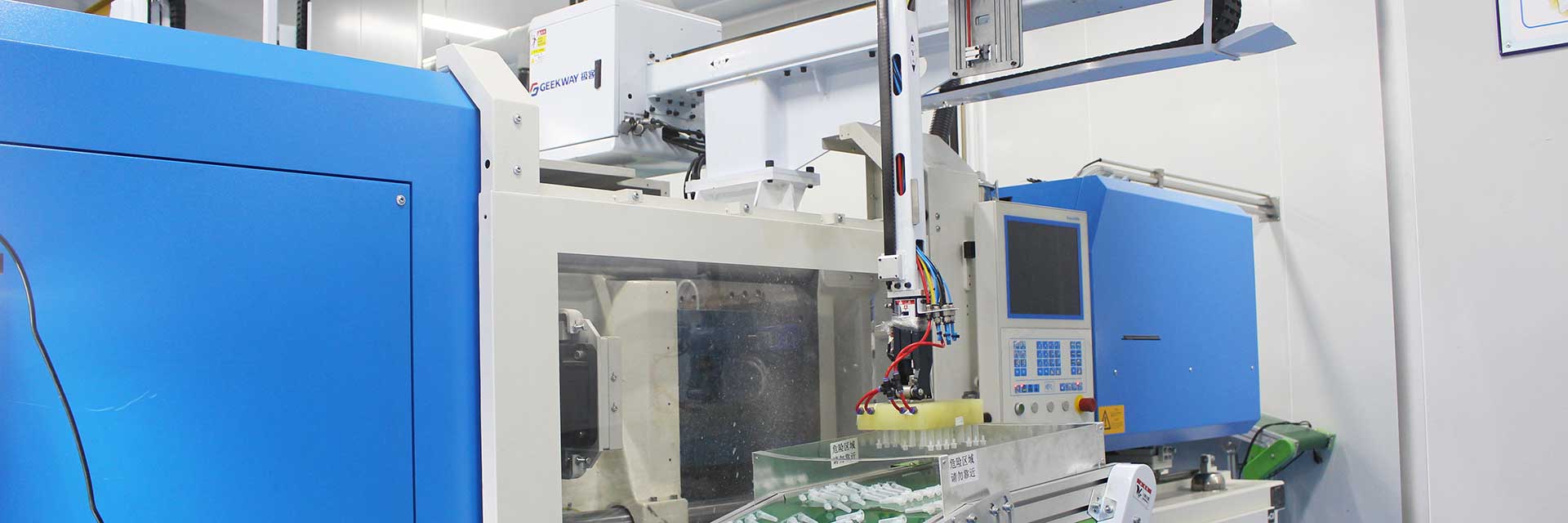Manufacturing tools must resist wear, stress, and environmental factors. Designers select tool materials based on:

- Hardness: Hard materials resist abrasion but may crack if too brittle.
- Toughness: Tough materials withstand impact and repeated stress without breaking.
- Thermal properties: Some tools see high temperature swings, such as die-casting molds.
- Chemical resistance: Tools for plastic molding often encounter corrosive agents or lubricants.
Common tooling materials include:
| Material | Typical Use | Advantages | Limitations |
|---|---|---|---|
| Steel (H13) | High-pressure die casting molds | Good toughness, heat resistance | Higher cost, longer lead times |
| Tool Steel | Cutting tools, dies | Excellent wear resistance | Prone to chipping if not treated |
| Aluminum | Low-volume plastic molds | Lightweight, fast machining | Limited durability under high load |
| Carbide | High-speed cutting tools | Extreme hardness, long life | Very brittle, difficult to repair |
Designers should consult with manufacturers to match the right grade to the application.




